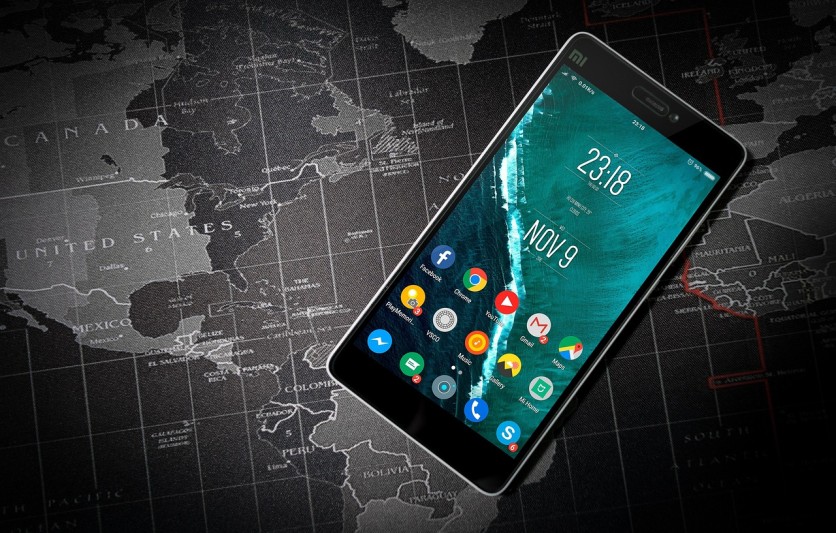Instant text translation is increasingly vital in a connected world where language barriers often hinder communication. Android devices offer robust built-in tools that let users translate text quickly and effortlessly.
This article explores how to translate text instantly using Android's native features, focusing on Android translate text functionality, Google Lens translation, and real-time translate capabilities. Understanding these tools allows users to access seamless multilingual support without installing third-party apps.
Android's Built-In Translation Tools Overview
Android offers several integrated features for instant text translation. The most prominent tools include the Google Translate app integration, Google Lens translation, and the system-wide real-time translate feature introduced in recent Android versions. These tools collectively enhance translation accuracy and convenience, enabling real-time communication and understanding across different languages.
Google Translate integration lets users copy and translate text across various apps, while Google Lens adds the ability to translate printed or on-screen text simply by aiming the device's camera. Real-time translate takes this further by translating spoken or typed words instantly during conversation or within apps.
These tools leverage Google's advanced AI-powered language models, which continuously improve translation quality. Google Translate supports over 100 languages, enabling broader communication options. Additionally, integrating these translation functions deeply into Android's operating system means translations are accessible without launching dedicated apps, optimizing user speed and convenience.
Using Google Lens for Instant Translation
Google Lens is a powerful Android feature that combines camera functionality with artificial intelligence to provide immediate translation of text visible through the camera. It supports numerous languages and excels at translating printed signs, menus, and other physical text, making it ideal for travel and everyday use.
To use Google Lens translation:
- Open the Google Lens app or access Lens through the Google Assistant or Google Photos.
- Point the camera at the text you want translated. Google Lens automatically detects the text.
- Select the "Translate" function. The text on screen will be overlaid with the translated version in the chosen target language.
Google Lens translation is invaluable because it translates text in situ without requiring manual input, preserving context and layout. It also supports live translation, allowing users to see new text and translations as they move the camera.
Moreover, Google Lens's ability to recognize handwriting means it can translate handwritten notes or signs in some cases, which expands its usability beyond standard printed text. The feature also works well in augmented reality, seamlessly overlaying translations on live scenes, enhancing the user experience by reducing cognitive load when switching between languages.
Enabling and Using Real-Time Translate on Android
Real-time translate extends Android's translation capabilities to live conversation and app texts. This feature became more accessible with Android 11 and newer versions, offering instant translation across supported apps and communication platforms.
To enable real-time translation:
- Navigate to Android settings > System > Languages & input > Live Transcribe & Sound Notifications.
- Activate the real-time translation option and configure the source and target languages.
Once enabled, real-time translation can convert speech or typed text instantly, facilitating multilingual conversations without switching apps. For example, users can speak in one language, and the device displays the translation instantly, which helps in calls, messaging, or in-person chats.
Real-time translation is ideal for dynamic, conversational scenarios because it reduces delays and eliminates the need to copy and paste text or switch between translation apps. It also supports multiple languages simultaneously in certain apps, enhancing group discussions with participants speaking diverse languages.
Additionally, real-time translate leverages edge computing to process translations quickly and with minimal latency. This ensures smoother conversations even with fluctuating internet connections. Google continues to expand compatibility, enabling real-time translation functions in messaging apps like WhatsApp and video calling platforms, which broadens daily usability.
Tips for Effective Android Text Translation
To maximize the effectiveness of Android's translation tools, users should consider these best practices:
- Set preferred languages clearly in both Google Translate and Google Lens to ensure accurate and relevant translations.
- Use offline translation packs for Google Translate and Lens to maintain functionality without internet access, particularly useful while traveling.
- Capture text in good lighting and with clear fonts to improve Google Lens recognition accuracy.
- Regularly update Google apps to benefit from improved language support and translation algorithms.
In addition, users should familiarize themselves with the privacy settings related to translation apps. Google provides options to manage data sharing and control offline storage, enhancing user privacy when using these features.
Using voice input combined with real-time translation can make communication more natural, especially in hands-free scenarios or when typing is inconvenient. Pairing translation features with smart device capabilities, such as headphones or smartwatches, can further streamline multilingual interactions.
Android devices offer versatile and powerful tools for instant text translation, making language barriers easier to overcome. Whether using Google Lens translation for quick visual translation or leveraging real-time translate for conversational needs, users benefit from seamless multilingual communication.
By understanding and applying these built-in features, users can make use of Android Translate text efficiently, enhancing their global digital experience without relying on external apps or manual text entry.
Frequently Asked Questions
1. How accurate is Android's translate text feature?
Android's translation accuracy largely depends on the language pair and the clarity of the text. While translations for widely spoken languages like English, Spanish, and Chinese are highly reliable, less common languages or complex phrases may be less precise. Google continuously improves its AI models, enhancing output quality over time.
2. Can you translate text without copying it on Android?
Yes, tools like Google Lens and real-time translation eliminate the need for manual copying. Google Lens directly translates printed or on-screen text via the camera view, while system-wide real-time translate converts spoken or typed input automatically.
3. Does Google Lens work offline for translation?
Google Lens supports limited offline functionality if users download language packs through Google Translate. However, full-featured live translation generally requires an internet connection for the best accuracy.
4. How do I translate text from screenshots on Android?
Google Lens can analyze screenshots stored on the device. Opening a screenshot in Google Photos and tapping the Lens icon allows users to extract and translate text from images, making it convenient for translating digital content without retyping.
ⓒ 2025 TECHTIMES.com All rights reserved. Do not reproduce without permission.





